Essential cold war spy movies you need to see
The cold war era produced some of cinema's most tense and intricate spy thrillers. Explore the cloak and dagger world that captivated audiences for decades.

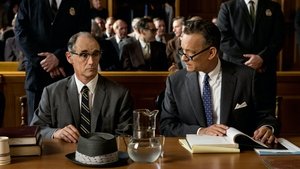

The world of cold war espionage cinema delves deep into the shadows, often portraying a stark contrast to the flashy, action-packed spy narratives popularized elsewhere. Instead, these films frequently focus on the gritty realism and moral ambiguities inherent in the intelligence game during a period of intense global tension.
Inspired by the works of authors like John le Carré, many of these stories prioritize complex plotting, psychological depth, and an atmosphere of pervasive paranoia. They explore themes of loyalty, betrayal, and the personal cost of serving one's country in a secret war where the lines between right and wrong are often blurred. The focus shifts from gadgetry and globe-trotting to careful surveillance, intricate double-crosses, and the quiet, often lonely lives of those operating behind enemy lines or within their own intelligence agencies. This genre offers a compelling look at a pivotal moment in history through the lens of individual agents caught in a vast geopolitical struggle.
14. The Young Americans (1993)
The Young Americans is a crime thriller that touches upon international elements but isn't primarily centered on Cold War espionage in the same vein as the other titles. Harvey Keitel plays a seasoned FBI agent sent to London to track down an American drug dealer, where he encounters a group of young people involved in the city's club scene.
While the film involves investigations and international cooperation, its core focus is more on crime and youth culture than the intricate political or ideological conflicts typical of Cold War spy narratives. It offers a glimpse into London in the early 90s, post-Cold War, but the spy aspect is peripheral compared to the other films on this list. It's more of a procedural crime drama with an international setting.
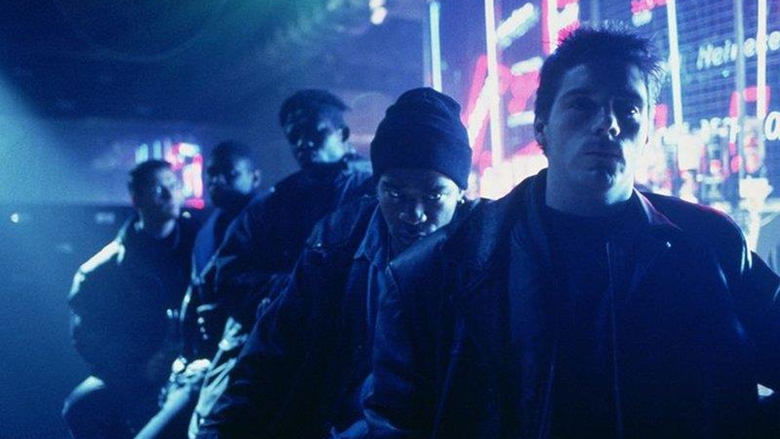
13. The Tailor of Panama (2001)
The Tailor of Panama is another film based on a John le Carré novel, though it's more of a satirical take on espionage in the post-Cold War world, dealing with the legacy and absurdity that followed. Pierce Brosnan, in a role deliberately deconstructing his James Bond persona, plays Andy Osnard, a disgraced British spy exiled to Panama.
He recruits a British tailor with a colorful past (Geoffrey Rush) to provide intelligence, leading to increasingly outlandish and fabricated reports that spiral out of control. While set after the official end of the Cold War, the film critiques the continued existence and sometimes pointless machinations of the intelligence world, showing how old habits and paranoia persist. It's a darkly comedic look at the consequences of deception and the line between fantasy and reality in the spy game.

12. The Man from U.N.C.L.E. (2015)
For a lighter, more stylized take on the Cold War spy era, look no further than The Man from U.N.C.L.E. Guy Ritchie directs this adaptation of the classic 1960s TV series, bringing his signature visual flair and wit to the story of an unlikely partnership between a CIA agent (Henry Cavill) and a KGB operative (Armie Hammer).
Set during the height of the Cold War, the two agents are forced to team up to stop a mysterious criminal organization threatening to use nuclear weapons. The film revels in the aesthetics of the 1960s, from the fashion to the gadgets, offering a fun, globe-trotting adventure that contrasts sharply with the gritty realism of other Cold War spy films. It's less about political tension and more about charismatic leads, sharp dialogue, and entertaining action sequences, capturing the cool factor of the era's spy fiction.

11. Salt (2010)
Salt features a premise directly lifted from Cold War fears: the deep-cover sleeper agent. Angelina Jolie stars as Evelyn Salt, a CIA officer accused of being a Russian spy trained from childhood. The accusation forces her to go on the run, using all her skills to evade capture and uncover the truth.
While set in the modern era, the film's central plot engine – the idea of agents secretly embedded years ago and activated for a specific purpose – is a classic trope born from the Cold War. The film is a fast-paced action thriller with Jolie performing many of her own stunts, showcasing Salt as an incredibly capable and resourceful operative. It plays on the lingering anxieties about hidden enemies and long-dormant plots that were a hallmark of the Cold War intelligence game.

10. Atomic Blonde (2017)
Atomic Blonde is a stylish, action-packed spy thriller set in Berlin in the chaotic days just before the collapse of the Berlin Wall in 1989. Charlize Theron is utterly compelling as Lorraine Broughton, an elite MI6 spy sent to the city to investigate the death of a fellow agent and recover a list of double agents.
While leaning heavily into stylized action sequences choreographed with incredible precision, the film uses its late Cold War setting effectively. The crumbling city, divided by the Wall, and the atmosphere of paranoia and shifting allegiances provide a gritty backdrop for the intense espionage plot. Featuring a killer soundtrack and bold visuals, it's a high-octane take on the spy genre, capturing the palpable tension and uncertainty as one era was ending and another was about to begin.

9. Red Sparrow (2018)
Red Sparrow taps into classic Cold War espionage tropes, particularly the idea of highly trained, seductive agents. Jennifer Lawrence stars as Dominika Egorova, a Russian ballerina who, after an injury, is recruited against her will into the 'Sparrow' school, a secret intelligence service training young people to use their bodies and minds as weapons.
While set in a contemporary timeline, the film's premise and training methods feel like a direct descendant of Cold War spy fiction. It's a gritty, often brutal look at the psychological manipulation and physical demands placed upon agents. The film features a complex plot involving a CIA agent (Joel Edgerton) and navigating the dangerous world of international intrigue. It's a modern take on the dark side of espionage, echoing the shadows of the Cold War's human intelligence tactics.

8. The Good Shepherd (2006)
The Good Shepherd provides an ambitious, albeit fictionalized, chronicle of the birth of the CIA and its early decades operating during the Cold War. Directed by Robert De Niro and starring Matt Damon as Edward Wilson, a character loosely based on real figures, the film traces his journey from Yale to the OSS and eventually to a leadership role in the nascent CIA.
The movie offers a sweeping look at the institutional side of espionage, exploring the recruitment, training, and early operations of the agency against the backdrop of global conflicts and the rising tension with the Soviet Union. It delves into the personal sacrifices and moral toll exacted by a life dedicated to secrets and statecraft. While perhaps less action-packed than other spy films, its focus on the historical context and the building of the intelligence apparatus makes it highly relevant to understanding the Cold War spy landscape.
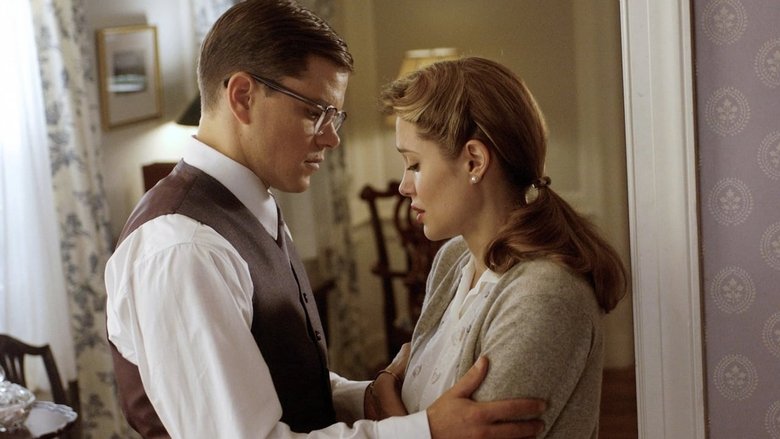
7. Spy Game (2001)
Spy Game gives us a look at the spy world across different eras, with a significant portion rooted in the late Cold War period and its immediate aftermath. Directed by Tony Scott, the film stars Robert Redford as Nathan Muir, a veteran CIA agent on the verge of retirement, and Brad Pitt as Tom Bishop, his protégé who has been captured in China.
The film unfolds primarily through flashbacks as Muir recounts their shared history to CIA superiors debating whether to rescue Bishop. This narrative structure allows the film to explore key moments in their careers, including operations during the Cold War. It delves into the complexities of the mentor-protégé relationship, the moral compromises of espionage, and the changing nature of spycraft as the Cold War ended. It's a slick, well-acted thriller that offers insights into the personal side of the intelligence world.

6. The Ipcress File (1965)
Before he was Alfred Pennyworth, Michael Caine created another iconic character in British cinema: Harry Palmer. The Ipcress File introduced Palmer as a working-class spy, a stark contrast to the suave James Bond, operating in the gritty reality of 1960s espionage. Based on the novel by Len Deighton, the film is known for its complex plot involving brainwashing and double agents.
Directed by Sidney J. Furie with distinctive cinematography and a fantastic score by John Barry, the movie has a stylish yet grounded feel. Caine's portrayal of Palmer is cool, competent, and slightly rebellious, making him an enduring figure in spy fiction. It offers a different, perhaps more cynical, perspective on the espionage world compared to its flashier contemporaries, firmly rooted in the Cold War anxieties of the time.
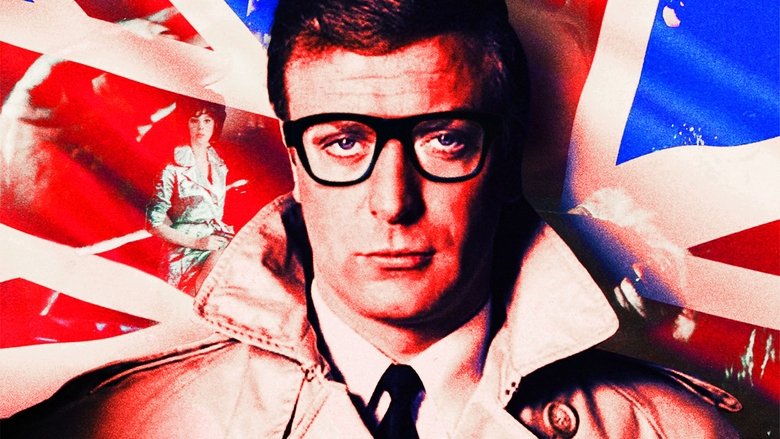
5. The Hunt for Red October (1990)
The Hunt for Red October plunges you into the silent, deadly world of submarine warfare at the tail end of the Cold War. Based on Tom Clancy's best-selling novel, this film is less about traditional spies on the ground and more about the strategic cat-and-mouse game played beneath the waves.
Sean Connery stars as Captain Marko Ramius, a Soviet submarine commander seemingly defecting to the US with his advanced nuclear submarine, the Red October. Alec Baldwin plays Jack Ryan, the CIA analyst who believes Ramius's intentions are genuine amidst suspicion from both Soviet and American forces. Directed by John McTiernan (Die Hard), the film is a taut, suspenseful thriller with impressive technical detail and a gripping plot. It captures the high stakes and technological race that defined much of the Cold War conflict.

4. Bridge of Spies (2015)
Directed by Steven Spielberg and starring Tom Hanks, Bridge of Spies brings a true story from the height of the Cold War to life with exceptional craftsmanship. Hanks plays James B. Donovan, a Brooklyn lawyer thrust into the center of the Cold War when he is tasked with defending a Soviet spy (played by the excellent Mark Rylance, who won an Oscar for his role).
Later, Donovan is sent to East Berlin to negotiate an exchange for an American pilot shot down over Soviet airspace. The film perfectly captures the tense, divided atmosphere of 1960s Berlin, with its checkpoints, barbed wire, and palpable fear. Written by the Coen Brothers and Matt Charman, the script is sharp and engaging. It's a story about courage, principle, and the human stakes involved in the geopolitical chess match of the Cold War, told with Spielberg's signature blend of historical detail and compelling drama.

3. The Lives of Others (2006)
The Lives of Others is a deeply moving and chilling look at the pervasive surveillance state in East Germany (GDR) under the Stasi secret police. While not a traditional spy vs. spy thriller, it is fundamentally about the act of spying and its profound human cost during the Cold War.
Ulrich Mühe gives an unforgettable performance as Captain Gerd Wiesler, a Stasi officer assigned to monitor a successful playwright and his partner. As he listens in on their lives, his own perspective begins to shift in subtle, powerful ways. This film is a powerful exploration of bureaucracy, human nature, and the insidious impact of totalitarianism on individuals and society. It won the Academy Award for Best Foreign Language Film and is widely regarded as one of the best films of the 21st century. It offers a perspective on the Cold War rarely seen in Western cinema, focusing on life behind the Wall.
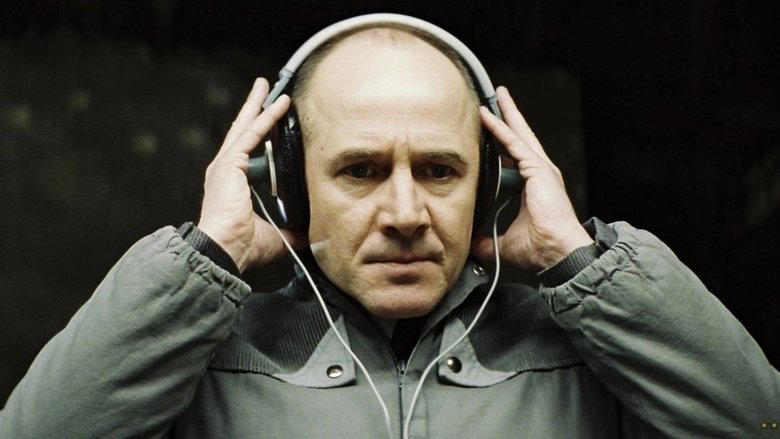
2. The Spy Who Came In from the Cold (1965)
Before James Bond offered fantasy, there was The Spy Who Came In from the Cold, a starkly realistic portrayal of espionage based on another seminal John le Carré novel. Richard Burton delivers a career-defining performance as Alec Leamas, a British spy seemingly burned out and disillusioned, sent on one last, perilous mission into East Germany.
This 1965 film captures the grim realities and moral ambiguities of the Cold War spy game. It's cynical, bleak, and utterly compelling. The atmosphere is palpable, reflecting the tension and danger inherent in operating behind the Iron Curtain. Director Martin Ritt masterfully builds suspense not through chases or gadgets, but through dialogue and the heavy weight of consequence. It's a powerful reminder that the world of espionage is often less glamorous and far more brutal than fiction often portrays. A true classic of the genre that set a high bar for realism.
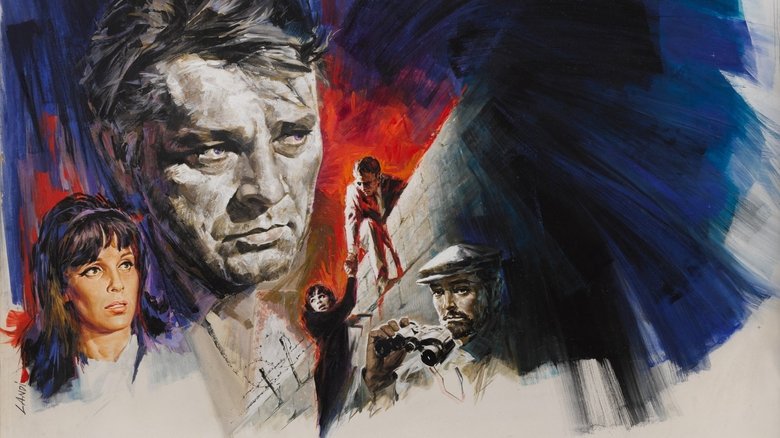
1. Tinker Tailor Soldier Spy (2011)
Step into the murky, distrustful world of Cold War espionage with Tinker Tailor Soldier Spy. This adaptation of John le Carré's classic novel is a masterclass in atmosphere and intricate plotting.
Gary Oldman is absolutely phenomenal as George Smiley, the quiet, unassuming intelligence officer brought out of retirement to find a Soviet mole within the highest ranks of the British Secret Intelligence Service. It's a film that demands your attention, rewarding patience with layers of deception and double-crossing. The cast is stacked with British talent – Colin Firth, Tom Hardy, Benedict Cumberbatch, Mark Strong, and more – all delivering understated, powerful performances.
Director Tomas Alfredson crafts a visually stunning film that perfectly captures the drab, paranoid aesthetic of the 1970s Cold War era. It's less about action and more about the psychological toll and the complex game of wits between intelligence agencies. If you appreciate a spy thriller grounded in realism and intellect, this is essential viewing.

